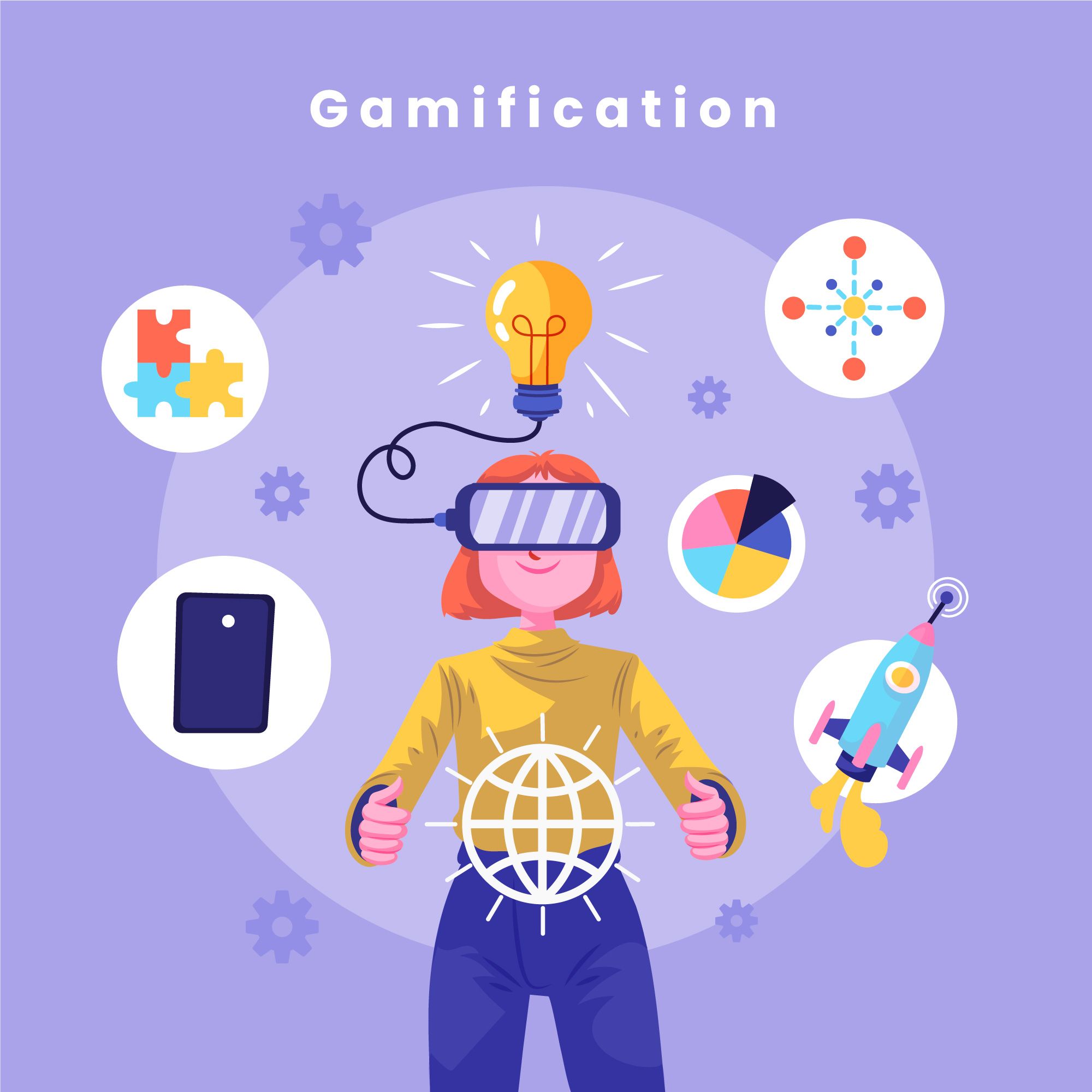Shaping Young Leaders Via Role Models And Character-Building

At Leaderonomics we believe that growing a person into a leader is a journey that spans one’s entire life. As such, different elements at different periods of a person’s life contribute towards the individual becoming the leader they aspire to be, or the leader that suits their dreams and goals in life.
This is a journey that begins from a very young age. We believe that during childhood and adolescence, a few key building blocks should be put in place for this journey to be a fruitful one.
And these revolve around character, values, having the right role models, and having a secure base. Additional elements would include first leadership experiences, building basic leadership characteristics and developing the capacity to be agents of change.
However, in this article we would like to focus on the two that we consider the most important for this phase of one’s life – character and role models.
Education has a big role to play when it comes to developing these elements in children and adolescents. Bronfenbrenner’s ecological systems theory of development shows that children and adolescents are influenced and impacted by everything that surrounds them:
1. Their family, friends and people they have direct relationships with (the microsystem);
2. Interactions between people they know, such as their siblings, or between their parents and teachers (the mesosystem);
3. Things that may not directly involve them but also have impact, like changes in a parent’s workplace or their larger neighbourhood (the exosystem);
4. Political and economic systems as well as cultural patterns and values also significantly impact a child’s development (the macrosystem);
5. Changes across time that may bring about new advancements in the world around them or new policies and practices – these could even be changes in one’s address or a parent’s employment status (the chronosystem).
Therefore, education and development of a child cannot be isolated to just a segment of the child’s life or environment.
It should be a shared responsibility between parents, teachers, and the community within which the children and adolescents live and interact.
Character
In 2009, we had a pair of teenage siblings attend our youth leadership camp. They were enrolled by their father and needless to say, were extremely reluctant to be seemingly wasting their precious holiday at a camp filled with strangers and located away from their usual comforts.
The early days at camp were filled with subtle defiance, and conflicts with other campers. But suddenly, the older of the two decided that since there was no way out of the camp, and there was still half of it to go, she was better off just making the best of it.
With that, we saw her rise above her peers, enjoying her time at camp, leading her team and ending camp with the best camper award.
In developing talent in young people, Benjamin Bloom looked at successful high performing individuals in different fields and found out that the child who “made it” was not always the one who was considered to be most 'talented'.
Many of these individuals had siblings they grew up with, and in similar environments. Most of their parents would likely describe another child of theirs to have had more “natural ability”. This, in other words, meant that another sibling was actually more talented.
Yet, there was something that set these high performing individuals apart from their siblings and peers. Digging deeper, there are certain characteristics that distinguished the high achiever in the field from his or her siblings. The terms most often used to describe them are persistence, competitiveness and eagerness.
The children who succeed display a willingness to work and a desire to excel that is above and beyond their naturally talented siblings.
Angela Duckworth, a professor of psychology at the University of Pennsylvania and a MacArthur Genius, studied adults and kids in challenging situations. She had previously noticed during her teaching tenure, that children with the highest IQs were not always the most successful, and that there were less academically abled students who went on to excel greatly.
Her research found that beyond IQ, physical capabilities and social intelligence, it was grit that set the successful ones apart.
Students who are able to persevere despite difficulties stand to win out over their peers who had more talent.
Duckworth explains it as “passion plus perseverance for long-term goals”.
This seems to be contrary to what many of us have been told about “working smart not working hard”. We may have believed that if we need to work very hard for something, it might mean that we had no talent for it and should focus our attention elsewhere, or if there was no better, easier, smarter way to do something, we shouldn’t be doing that thing.
We may have inadvertently devalued the need for consistent – and determined – effort towards achieving goals.
In one of our DIODE Kids programmes two years ago, we ran an activity for the children to learn origami and to teach each other the different ways of folding new objects.
In one group, the children (ages 8-10) were supposed to create an origami box. They all struggled to do it. It was difficult and complex and the folding instructions were not clear.
After a few tries, the children grew increasingly frustrated and they gave up. At this point, the facilitator gave the group another, much easier item to fold and the group eagerly got to producing many of those items. Except for one girl.
She was determined to get the box right. She did not care that the group was now on to something else and she politely ignored the facilitator who was encouraging her to participate with the group; all she wanted was to finish what she had started, all she wanted was to get her box right.
You see, we often do not give enough opportunities for our children to overcome and work through their challenges. Like the facilitator, we swoop in and change the game, we fix it so that it is easier and the children can excel in their comfort zones.
We want them to feel successful, so we curate an environment that will ensure they achieve. Don’t get us wrong, it is important that children understand they can be successful. It grows self-esteem and it builds confidence in themselves and their capabilities.
But we also need to challenge them (within reason) and encourage them when it gets difficult. So, did the girl get her box right in the end? Yes she did. Was it perfect? No, it wasn’t but she was mighty proud of what she did.
And the interesting part of this story? This young girl is a child from a children’s home. She does not have the most privileged of backgrounds, but she showed grit when her peers gave up.
Needless to say, the importance of character development has been recognised among researchers, educators and policy makers, so much so, that the debate has now shifted towards what types of traits or characteristics are most crucial for the success of an individual.
Martin Seligman and Christopher Peterson define character as “a set of abilities or strengths that they are very much changeable – entirely malleable, in fact. They are skills you can learn; they are skills you can practice; and they are skills you can teach.”
Some schools have started paying attention to character and looking for ways to “teach” and focus on it as much as they do for academics.
Two known revolutionaries in this are David Levin of KIPP and Dominic Randolph of Riverdale middle schools in the US. The two principals, initially on their own, were passionate and intrigued by how to teach character to their students, and how to ensure their students excelled long after they left their institutions.
They worked closely with Seligman and Peterson who were working on character traits, and narrowed their full 24 list of character traits down to seven. This way, they were more likely to predict life satisfaction and high achievement.
Their list of seven includes grit, self-control, zest, social intelligence, gratitude, optimism and curiosity. How did they teach these in school? By using a method David Levin called “dual-purpose instruction,” with teachers explicitly bringing in character to their discussions.
Math teachers would use character strengths in word problems, and history teachers could use them to talk about the personalities they were studying.
Paul Tough, in his book How Children Succeed, explains how this looked like: “. . .when I arrived in Witter’s class, he was leading a discussion on Chinua Achebe’s novel Things Fall Apart. Above Witter’s head, at the front of the class, the seven character strengths, from optimism to social intelligence, were stencilled in four-inch-high letters, white on blue. He asked his students to rank Okonkwo, the protagonist, on his various character strengths.”
“There was a lot of back-and-forth, but in the end, most students agreed that Okonkwo rated highest on grit and lowest on self-control. Then, a student named Yantzee raised his hand. ‘Can’t a trait backfire at you?’ he asked. ‘Sure, a trait can backfire,’ Witter said. “Too much grit, like Okonkwo, you start to lose your ability to have empathy for other people.”
Our team at Leaderonomics looks at character development in three parts:
Moral character. Simply put, the characters that make an individual a good person and a decent human being, such as generosity, justice, gratitude, kindness and integrity.
Performance character. The stuff that sets a person apart and earmarks them for success, these are the characters that bring you the extra mile, like, grit, optimism, self-control and curiosity.
Intellectual character. Having a growth mindset versus a fixed mindset, believing that you are able to learn and keep growing from challenges, failures and working hard towards achieving success as opposed to believing that you only have a limited capacity and pre-set amount of ability and talent.
All of these three parts are equally important; a person with only moral character would be good, but without the capability, it will be difficult for the individual to make a difference.
Someone with performance character would be high-achieving but without the guiding compass of values and virtue, may become corrupted and exploitative. A person with only intellectual character has no basis to grow from.
All three contribute towards the development of a successful leader.
Role models
At most of our youth camps, the campers are tasked to plan and anchor the celebration night, which happens on the final night of camp. Last December, the campers decided to do a short skit in which they acted out different personalities. Camp facilitators would then have to guess who they were depicting.
The people they were emulating? The camp facilitators of course! After only seven days together, the campers got most of the quirks and idiosyncrasies of the facilitators down to a tee – from the way we carried our bags, to how we walk, and even our hand gestures when we speak. It was funny, entertaining and a little bit creepy.
It is apparent that children and youth watch and imitate people around them, as well as the people they look up to. They observe and learn from those they deem successful adults and typically, these role models and leadership examples would be their parents, guardians, older relatives and teachers.
It is so important then, that we not only surround our children and youth with positive role models, but that we also check ourselves and model the behaviours, beliefs and character traits that we wish to grow and develop in our youth.
That said, we may not always be able to control who our children choose to look up to or emulate. They may become beholden by a celebrity for example, or they may admire a fictional character or a popular student in school.
Discuss with them the characteristics that make these role models so desirable. Encourage them to reflect on what is attractive to them and whether these are worthwhile traits to emulate in the long run.
As parents and teachers, it also gives a glimpse into the values that are pertinent to the child, which then serve as a check for us to evaluate if we are setting the right expectations and conveying the right values to our children.
It is also important to remember that there is no such thing as a perfect person – try to think of all the famous leaders of the world and soon enough you will realise there was an area in their life that was dark; perhaps it was their temper, or their infidelity, or their focus on their work to the detriment of their family.
Discussing with children their role models will help them understand that there are certain aspects that would be great to emulate, but certain others that they should avoid.
What’s the role of education, then?
It is important to remember that education takes many forms, and comes through a variety of mediums, not only the formal mediums that we usually think of, such as schools and tuition centres.
Education comes from parents, teachers, and indeed the entire community in which youth exists – physical or virtual. And with the advancement of technology, we cannot really have full control on the kind of examples our youth are exposed to.
What we can do, however, as teachers and as parents is ensure that we ourselves offer good role models to our youth, but even beyond that, spend the time to talk to them.
Help them make their own choices in terms of role models or character traits that will allow them to achieve what they want – after all, every person is different and may ascribe to different ideals, so our task is to guide the youth to find their own path.
It’s about time that the focus of education shifts towards the development of character, and with that, the focus on role models, which is something that some schools have started adopting, however it’s not happening fast enough yet.
This is a joint responsibility, of parents, teachers, and society in general.
Enjoyed the article? Check out the video below on "How To Build A Strong Relationship With Our Children", brought to you by Leaderonomics Media!
Do you desire to accelerate your growth? Look no further. Necole is a state-of-the-art learning platform that curates personalised learning just for you. To find out more about Necole, click here or email info@leaderonomics.com.
Functional
Tags: Parenting & Leadership






